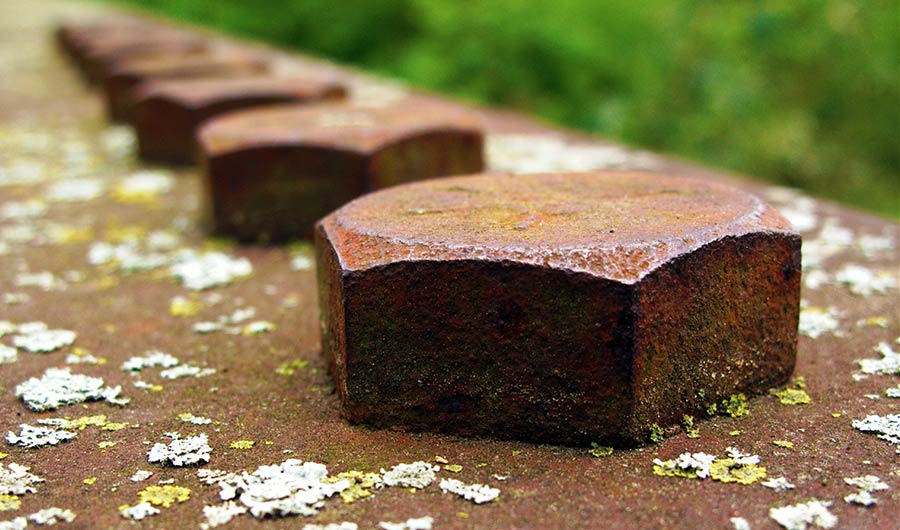Imitating Bone Creates Stronger Steel

Image credits: David Antis via Flickr
Rights information: CC BY 2.0
(Inside Science) -- Nature has relied on bone to make up skeletons for hundreds of millions of years. Now scientists taking a page from nature have developed a new kind of steel that imitates bone, which resists cracking under repeated pressure for far longer than conventional kinds of steel.
Steel helps make up the skeletons of suspension bridges that are miles long and skyscrapers more than a half-mile tall. However, in many ways, bone outclasses steel. For instance, bone can bear roughly as much weight as stainless steel while weighing four or five times less.
Previous research also found that despite the brittle minerals that bone is mostly made of, it is highly resistant to fractures because of the way in which it is structured. This led study co-author Cem Tasan, a metallurgist at the Massachusetts Institute of Technology, and his colleagues to explore whether steel that mimicked bone's structure could prove more resistant to fatigue.
Steel fatigues when it experiences repeated stress -- for instance, when trucks drive over bridges, or when airplanes undergo pressure changes during ascents and descents -- with microscopic cracks forming and growing over time. Many sudden and sometimes life-threatening failures of everything from power plants to spacecraft are due to fatigue. For this reason, these structures are often built with large safety margins that add to costs.
Prior work suggested that bone resists fracturing because its lattice like internal structure keeps cracks from spreading. "If you look at the structure of bone with increasing magnification, you'll see more and more complexity to it as you zoom in," Tasan said. "That's what helps it fight cracks."
To design a bonelike metal alloy, Tasan and his colleagues investigated two kinds of steel with structures comparable to that of bone -- ferrite-cementite pearlitic steel and martensite-austenite transformation-induced plasticity steel. These steels possessed key properties that limited the growth of cracks, Tasan said.
The ferrite-cementite steel is nanolaminated, meaning that its structure is separated into many layers only nanometers, or billionths of a meter, wide. This helps keep cracks from spreading beyond the layers where they start.
The martensite-austenite steel is metastable, which means that one of the kinds of crystal making up its structure can switch between different states of stability. This helps the steel absorb the energy of spreading cracks and even close them back up.
And finally, both these kinds of steel are multiphase, which means that they have multiple kinds of crystals in their structure with different levels of hardness. This means that when cracks want to spread, they prefer not to do so in straight lines. Since the resulting fractures cover more area, they experience more friction against their surroundings, decelerating their growth.
The scientists then developed a new alloy that combined all three of these properties. On its smallest levels, this steel was composed of layers just 100 to 300 nanometers wide. (In comparison, the average human hair is about 100,000 nanometers in diameter.)
The researchers found that their new alloy was significantly more resistant to cracking than a type of steel typically used in automobile bodies. When subjected to repeated cycles of stress, the automotive steel developed microscopic cracks after roughly 10,000 to 100,000 cycles, while the new alloy only did so after about 10 million cycles, said study lead author Motomichi Koyama at Kyushu University in Fukuoka, Japan.
"This is a truly fantastic piece of research," said materials scientist Daolun Chen at Ryerson University in Toronto, who did not take part in this study. This work could lead to the development of advanced fatigue-resistant steels that "will have important implications for load-bearing structural applications in the automotive and aerospace industry," Chen said.
Future research can better control the metallurgical processes to manufacture this new steel and related alloys to prevent the formation of impurities that can weaken them, Tasan said. The scientists detailed their findings online today in the journal Science.

